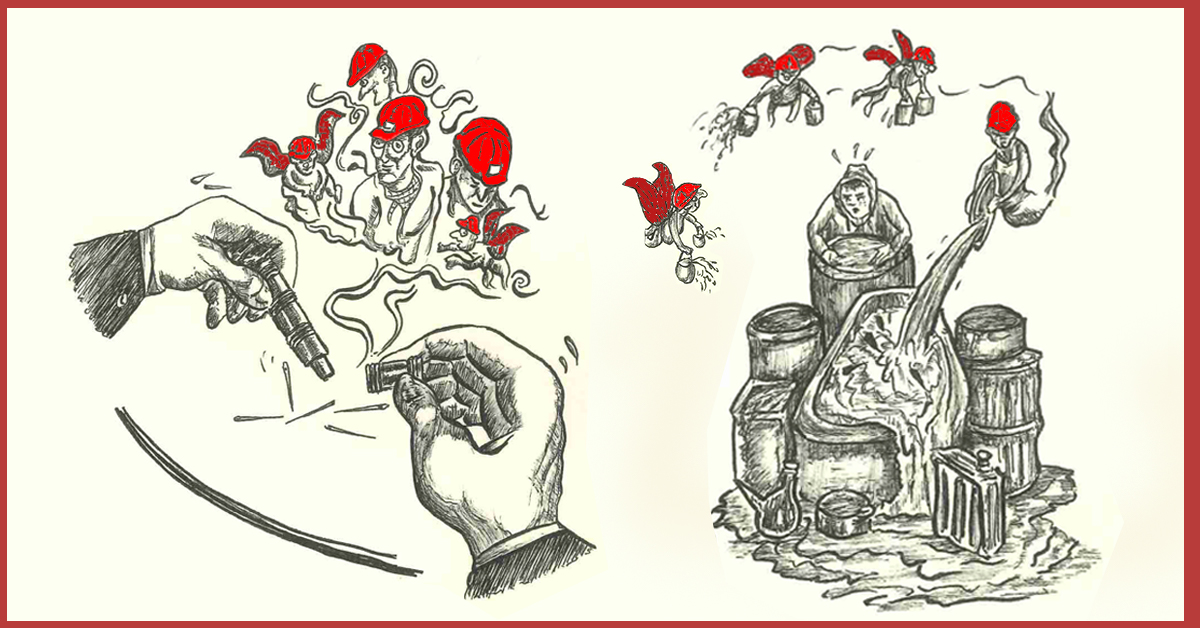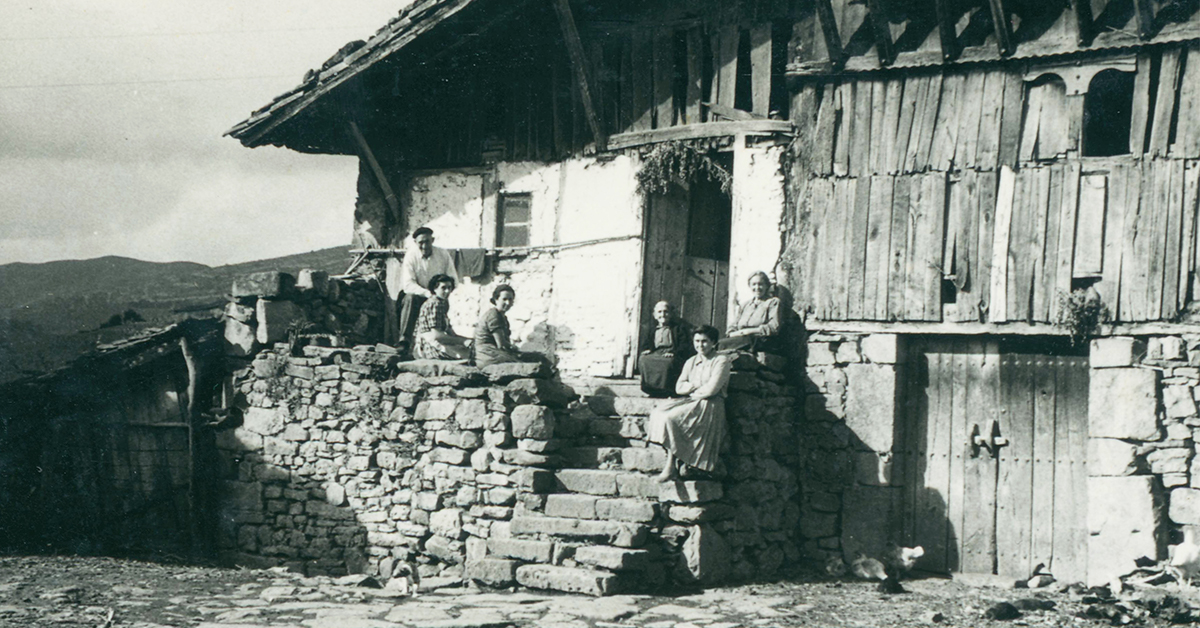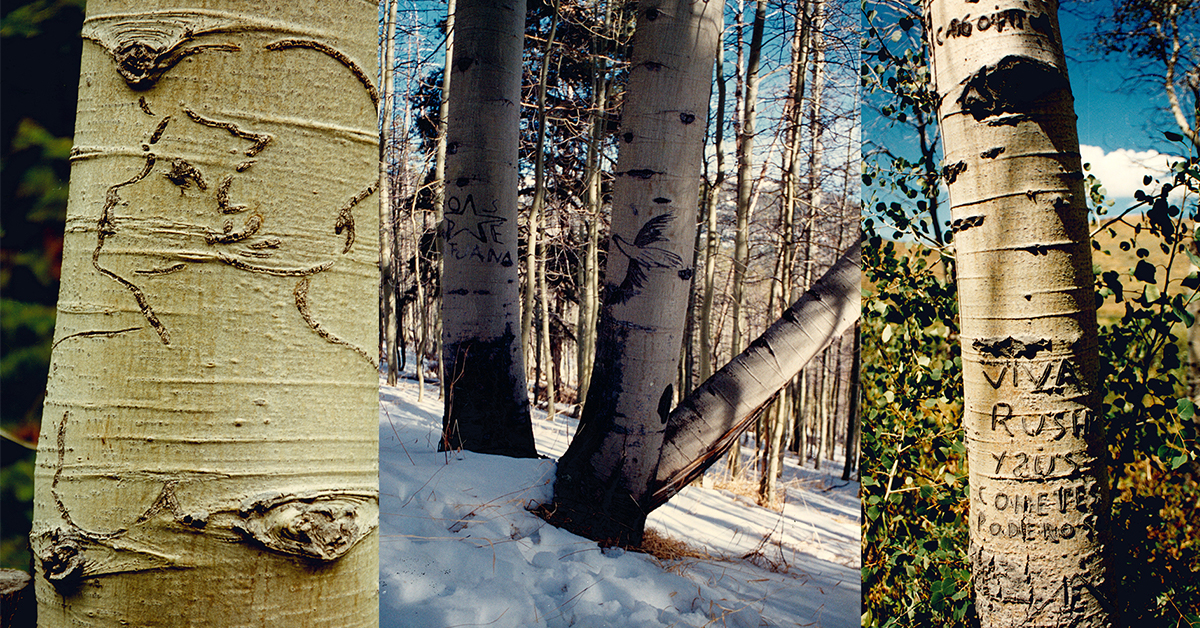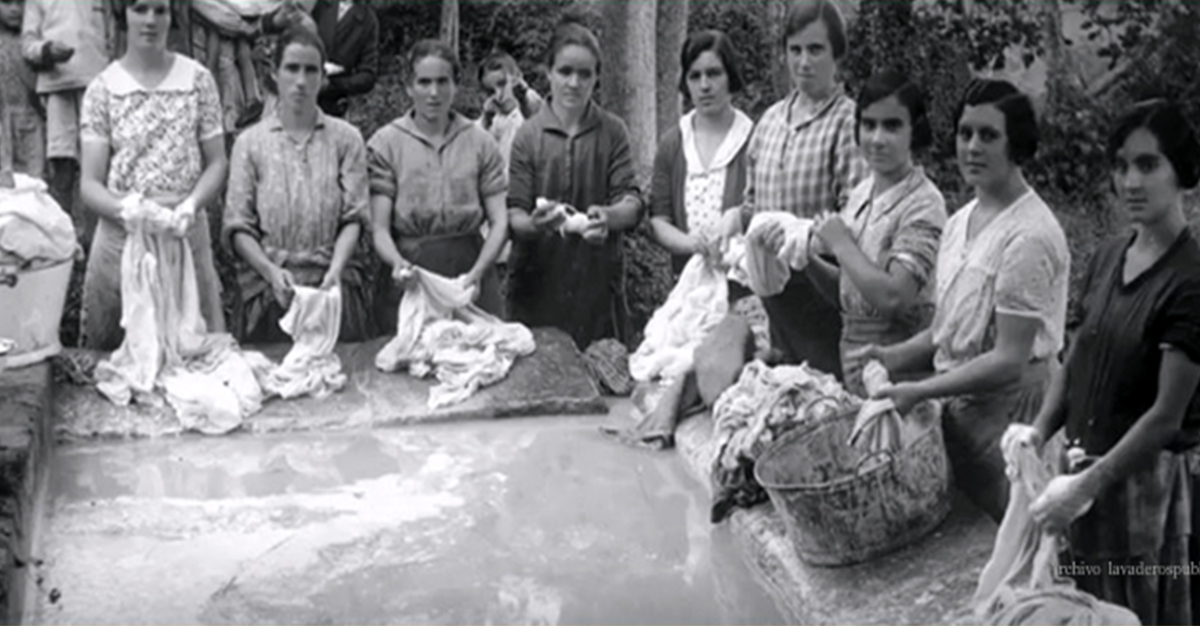Basque ethnography at a glance

Illustrations taken from Orozko haraneko kondaira mitiko ilustratuak by Floren Usia Barbara. Orozko Council, 2021. Treatment of images: Irati Zarandona.
Some people are believed to possess certain minuscule creatures who help them with their daily chores. They are capable of prodigious undertakings and often grant otherwise unattainable wishes when summoned.
These mysterious beings or genies receive multiple names in Basque: pamerialak or familiarrak —because they belong in the household—, gaizkinak —or ‘little devils’, though they are not naturally evil nor benign— mamorroak or mozorroak —or ‘bugs’—, airetikakoak —or ‘air creatures’—… They are occasionally described as tiny, almost imperceptible men, dressed in red pants, known in several places as galtzagorriak or prakagorriak —from galtza or praka ‘pants’ and gorriak ‘red’—. Some claim that they are neither male nor female, and others insist that they resemble flies or even lice.
As we know, thousands of Basques emigrated to the west coast of the United States at the end of the 19th century and during much of the 20th century. Men, women, young people, entire families… followed in the footsteps of relatives and friends who were already established there. Encouraged to join their predecessors, they embarked on a journey in search of a more prosperous future full of hope. Among the Basques who arrived and settled in North America, the largest group would be made up of men who worked as shepherds.
Far from their families and villages of origin, the Basque shepherds travelled long distances for their sheep to graze peacefully in the vast meadows. Days passed very slowly, and while they kept watch to ensure that the flock was properly fed, they would carve their names, thoughts and fantasies into the bark of the trees. Most of them wrote their name and the date, and the more daring engraved texts or drawings on other subjects, such as their political or religious beliefs, the Basque homeland, or their deep-felt desire for a woman.

Munekogoikoa Farmhouse (Urigoiti, Orozko). Photo credit: Javier Perea. Labayru Fundazioa Photographic Archive.
My grandmother used to enjoy the sun on the balcony. If truth be told, our farmhouse is cold in summer, let alone in winter.
The balcony would not just be a nice place to sit on though. All kinds of small tasks were waiting to be done while sitting out there, as could not have been otherwise. Those among us who live or have lived on a farmstead know only too well that there is always something to do, even while resting.
There maize ears and beans were dried and shelled. There freshly harvested hazelnuts were separated and cleaned. There seasonal tomatoes were peeled and chopped, then cooked and bottled. And on feast days, finally leaving work aside, whenever guests or neighbours dropped in, there they were welcomed and there they would have a chat and an appetizer. The balcony would therefore be taken great care of and decorated with flowers.
The question of why would a space be built exclusively for women to wash clothes is not easy to answer, nor is it as simple as saying that the aim was to implement hygienic measures, in accordance with the new times. What is more, our villages featured almost no facilities for the common good, except for a small trough, a fountain, or a council house. Is it not truly remarkable that councilmen would decide on the construction of a washhouse so as to improve, one assumes, the working conditions of women? Because the task of doing laundry fell on women, as we all know. Indeed, before washhouses emerged, they would carry the bulky loads of dirty household linen and clothing on their heads to be washed at rivers and streams, in cold water and at usually shady places, soaping and scrubbing them on some smooth rock, bending their backs to nearly kiss the water.



